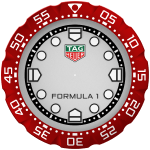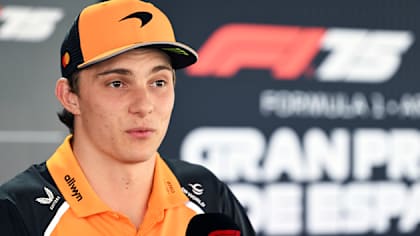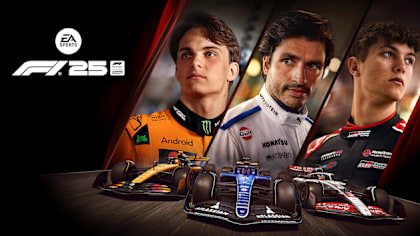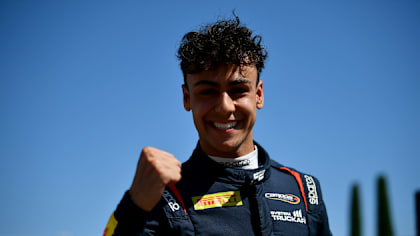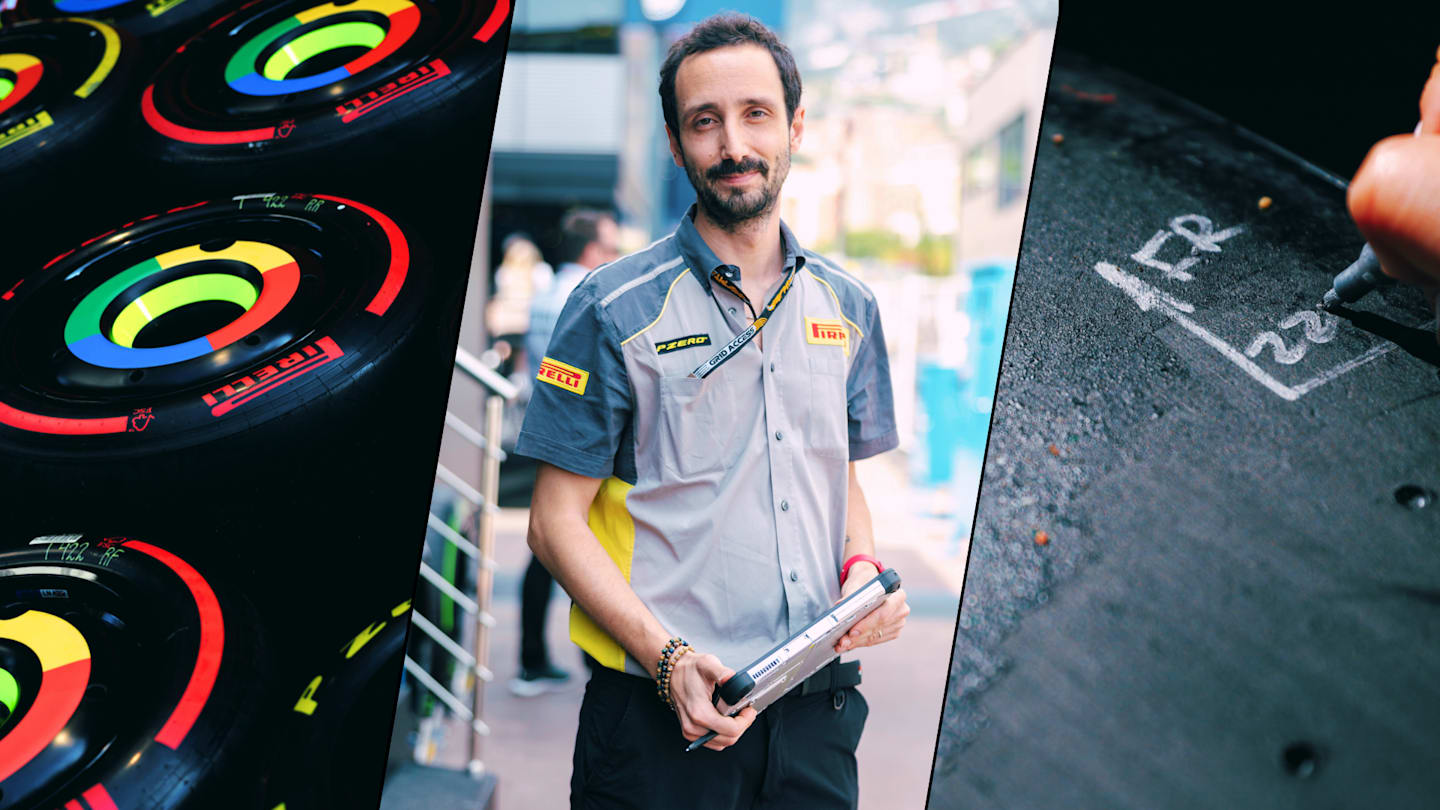
30 May - 01 June
Feature
INSIGHT: How tyre suppliers Pirelli make F1’s wheels go round at pre-season testing and beyond

Share

F1 teams have put in a massive shift over the winter to each prepare two new cars for the upcoming season, but these would not be able to go anywhere without four circles of advanced rubber provided by tyre supplier Pirelli. As drivers prepare to hit the track again at this week’s Bahrain test, F1.com hears from the Italian manufacturer’s Chief Engineer, Simone Berra, to learn more about the diligent work carried out by their engineers at the track and in the factory, and the targets they are aiming to hit in the campaign ahead…
“That’s correct!” Berra laughs, when F1.com puts it to him that his career has so far revolved around generating extreme levels of grip and stopping power – the former design engineer at brake specialist Brembo now heading up Pirelli’s trackside operations.
READ MORE: The beginner’s guide to Formula 1 tyres
Around 50 engineers, tyre fitters and associated staff make up Berra’s travelling team for official test sessions and Grand Prix weekends, with the first big job on their 2025 list – after smaller scale tests at Paul Ricard and Barcelona – coming in Bahrain this week.
Three days of valuable pre-season running lie ahead at the demanding Bahrain International Circuit, giving drivers and teams a chance to understand the characteristics of their latest challengers, and Pirelli an opportunity to analyse their latest tyre developments.
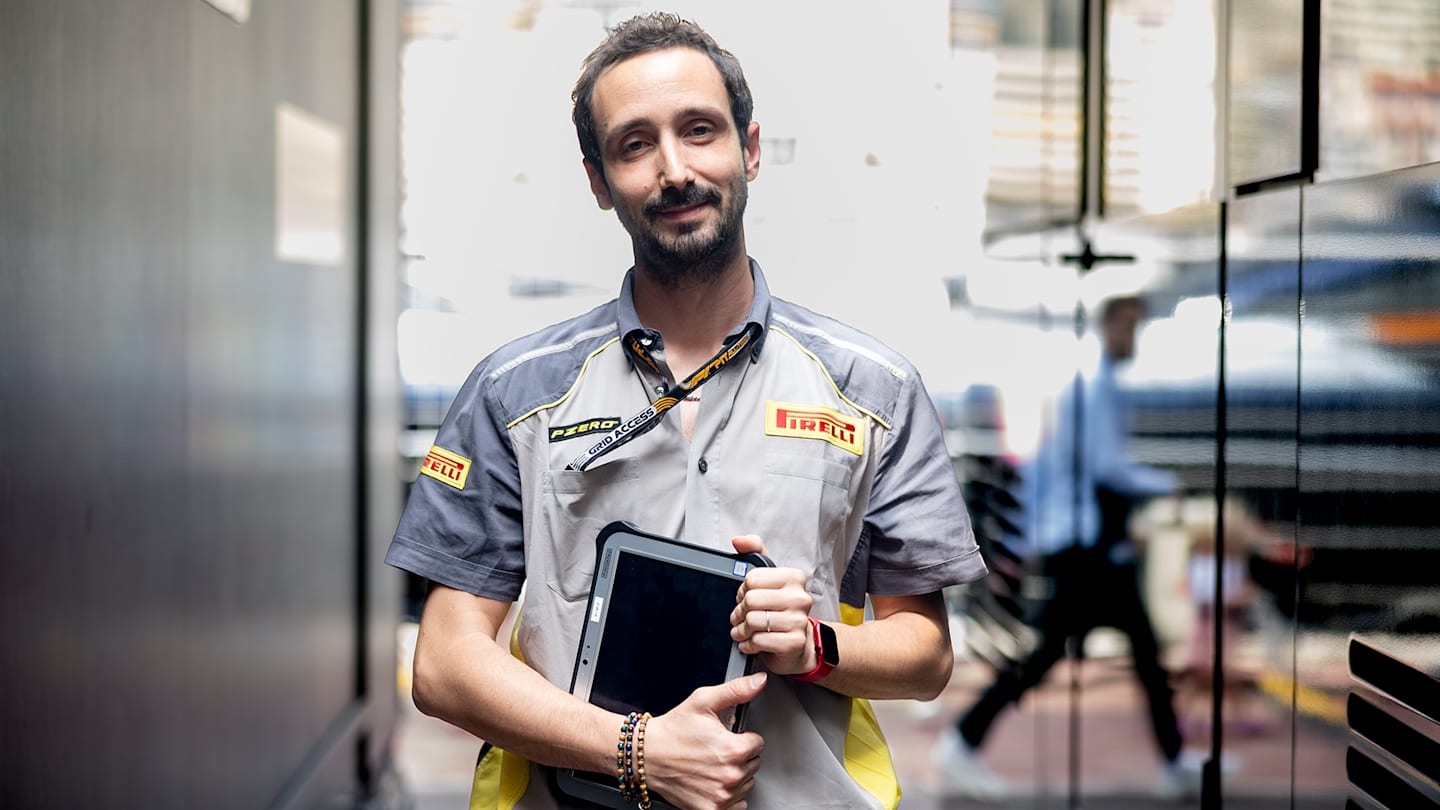
Berra plays a crucial role for Pirelli at F1 tests and Grand Prix weekends
A slick operation
Key to connecting the dots are the Pirelli employees embedded within all 10 F1 teams – one engineer (responsible for monitoring tyre usage, gathering various readings and feeding information back to Berra) making a second home at each outfit.
“Basically, the engineer is the reference for the team,” says Berra, as he begins to explain how Pirelli’s F1 division operates. “What helps us collect feedback is that the teams have a great relationship with our engineers – there is trust between the two sides.
READ MORE: Pirelli to continue as Formula 1’s exclusive tyre supplier until 2027
“The engineer provides as much information as possible to the teams – but nothing confidential – about the F1 product, and the teams are quite happy to give some feedback. Again, nothing confidential from the team, but it’s at least tyre-related to help us have a picture of what is happening on track and to collect as much data as possible.”
Aside from occasional in-season rotation to keep staff fresh, engineers will typically spend two years working with a team before being moved on to another.
“It’s so we don’t create too strong a link between the team and the engineer,” Berra says. “Otherwise, there could be too much discussion with the teams, and they could feel more a part of the F1 team.
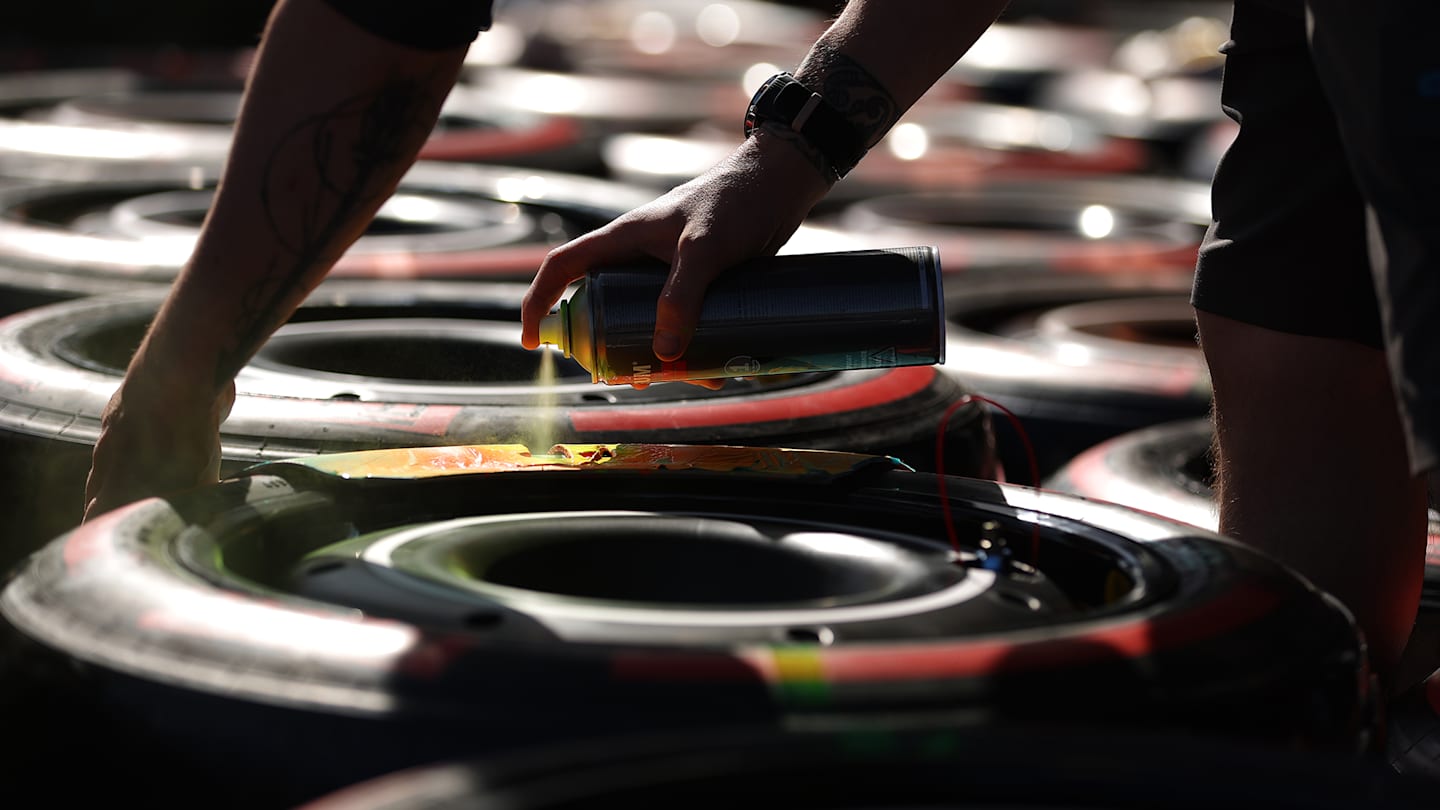
Pirelli have a range of slick tyres from soft and super-grippy to hard and more durable
“It also means engineers can pass from, let’s say, a top team, to medium level teams, so they have different experiences, and we can create a complete professional.”
Understanding the variables
Berra, who joined Pirelli from Brembo back in 2017, initially working as a GT engineer before switching to single-seaters and rising to F1, has first-hand experience of working in teams’ garages at tests and Grands Prix.
READ MORE: 5 things to be excited about as F1 gears up for the 2025 season
Whether it’s the practice-filled Friday of a race weekend or a dedicated test session, the core responsibilities – and challenges – are the same.
“For us, it’s really important to filter the information we gather, trying not to take into account changing car set-ups,” Berra, who also looks after the F2 and F3 championships and reports to Pirelli Motorsport Director Mario Isola, points out.
“If we see something strange on the tyres, like different wear or a different tyre aspect, we need to filter it while considering what was changing… the set-up, the [tyre] camber, the aero loads, whatever.
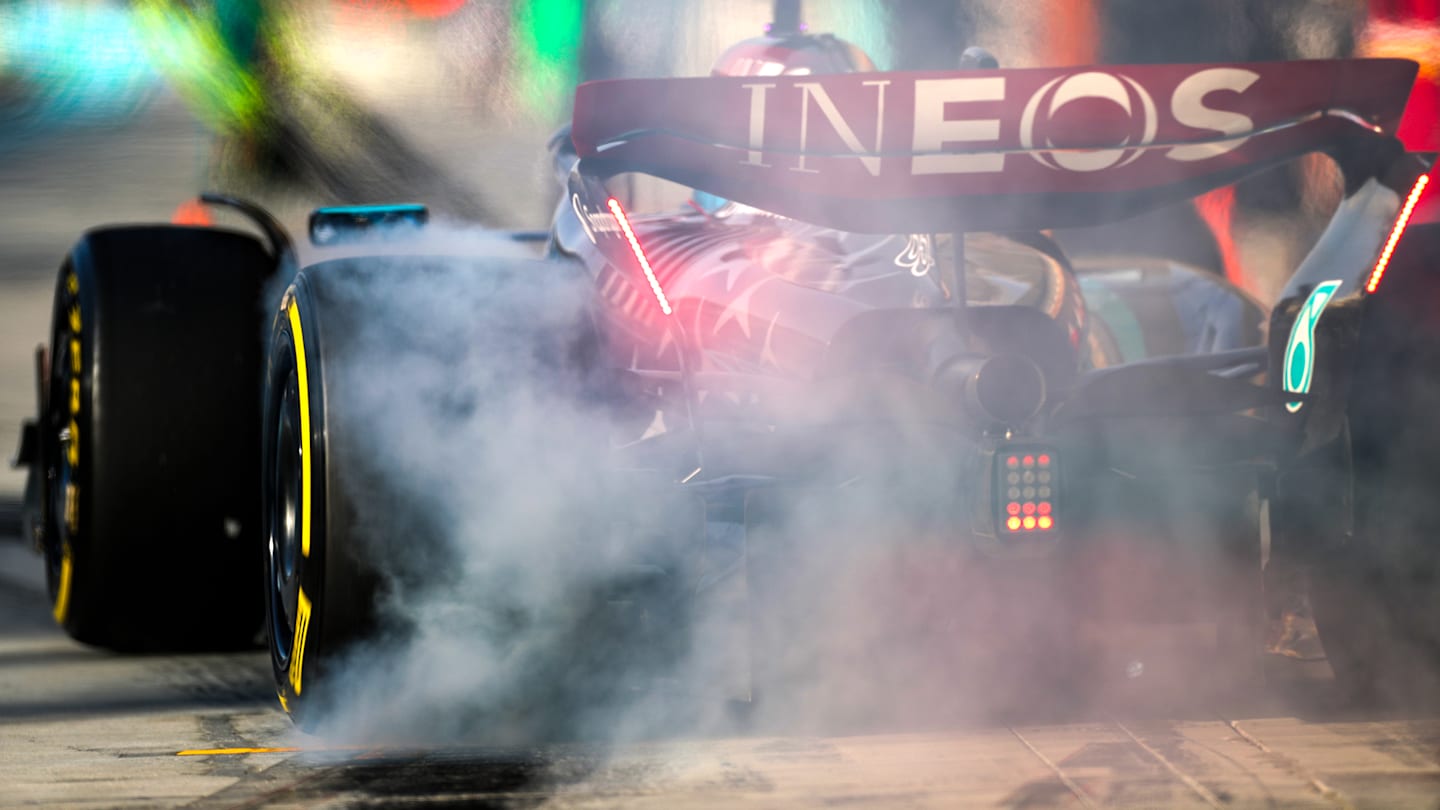
Plenty needs to be considered when Pirelli evaluate the performance of their tyres
“The engineers are in the garages with their own headsets, collecting feedback and taking wear checks. At the end of each day, they provide a summary of the results to me. I then collect all 10 summaries and try to create one record for the teams, the FIA and F1 – we share this information between them all.”
Testing 1, 2, 3…
The most recent example event is last year’s post-season test in Abu Dhabi, for which Pirelli supplied their existing 2024 tyres and updated 2025 rubber after intensive development work – which included a special practice session at the Mexico City Grand Prix.
READ MORE: Leclerc tops post-season test in Abu Dhabi as Sainz, Ocon and more debut for new teams
Almost 15,000 kilometres were racked up across the day, leaving F1’s sole supplier with plenty of homework to complete throughout the winter break, while considering those aforementioned set-up changes, drivers splitting their running between ’24-spec and ’25-spec tyres and changing air and track temperatures.
“There’s a lot of data, a lot of runs, a lot of laps,” smiles Berra. “We also get telemetry from the teams, which is very important for us. We then verify that all the data is correct and aligned with the runs of the team – all the lap times, etcetera.
“With the 2025 tyres, we were interested to see if we had improved the overheating effect, which was one of the limitations throughout the last couple of seasons. We also collected information about the delta [difference in lap times] between the different compounds in the range, which is really, really interesting.

Pirelli trialled some new tyres at the 2024 post-season test in Abu Dhabi
“It gave us the possibility to cross check the data with the development tests that we had done. We had a development path, we had some results from that with some indoor tests also, and we wanted to understand if we were perfectly aligned with what we expected.”
As well as being cautiously optimistic about reducing that overheating effect and the performance gap between their C2 and C3 compounds (Berra describing the previous C2 as “quite stiff”), Pirelli have seen early promise with an all-new product for 2025.
Indeed, Pirelli’s range of dry-weather compounds now spans six options, from the hardest in the C1 to the softest in the additional C6 – an ultra-grippy tyre that has been designed for use at certain street tracks but made an initial appearance at the Yas Marina Circuit a couple of months ago.
“We gave one set to the teams, even if we knew that we were on the limit in terms of temperature and energies in Abu Dhabi,” Berra adds. “It’s not the ideal tyre in terms of compound selection [for this track], but it’s a first sign that the teams can take confidence with the C6, which is good, and for us to collect some more data.”
If the driver is happy, we are happy as well! Data is important, but so is the confidence that the driver has to push the tyres to the limit.
Simone Berra
How F1’s stars play their part
Alongside the topics already covered, there is one more equally important factor to consider every time Pirelli’s products hit the track – the thoughts of those behind the wheel.
Drivers are, of course, the human element in the equation and provide detailed comments to their designated engineer after practice sessions and tests, balancing out the never-ending data taken from the tyres and cars.
READ MORE: Norris and Piastri in action as next generation of wet tyres hit the track
Ferrari pair Charles Leclerc and Lewis Hamilton and McLaren duo Lando Norris and Oscar Piastri are some of the names to have played a part this year, with Pirelli ramping up testing of their prototype wet and slick tyres for the 2026 season and F1’s overhauled technical regulations.
“It’s very important,” Berra says of the drivers’ involvement. “Obviously, they are driving the development path. Our engineers speak a lot with them, and we check their feedback with the data to have a proper evaluation – if the feedback was objective or skewed by any other situation.
“Their support and feedback provides us with what we need, honestly, because it’s their feeling in the car. If the driver is happy, we are happy as well! Data is important, but so is the confidence that the driver has to push the tyres to the limit.”
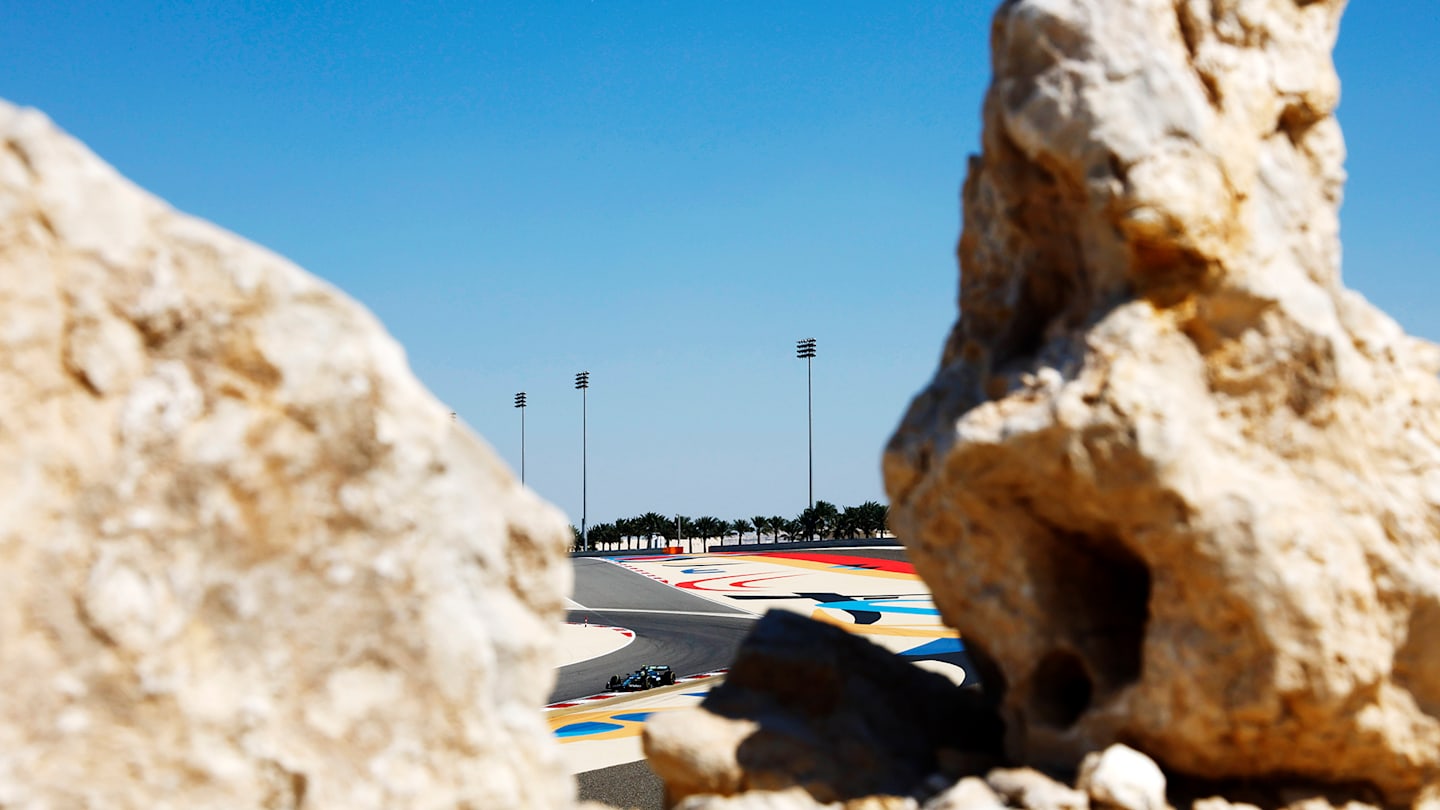
F1 teams are on their way to Bahrain for pre-season testing later this week
All eyes on Bahrain
That brings us to pre-season testing in Bahrain, which will be held on Wednesday, Thursday and Friday, and should fill in the final gaps for Pirelli ahead of the new campaign.
“I think the Bahrain test is more important,” he asserts, referring to last year’s end-of-season Abu Dhabi gathering. “The teams have been working on updating their cars, developing their cars, so the 2025 specification of cars will be much more representative.
READ MORE: The beginner’s guide to Formula 1 pre-season testing
“It’s probably more important for the teams as well, because with the data collected in Abu Dhabi, they will have used this – together with all the data we passed throughout the last months from the development path – to implement models and simulations for their new cars.
“Sometimes it’s very difficult to have a perfect overall picture, so it’s important from our side, with the help of the teams, to try and understand where the tyre performance is. For us, it’s just closing the loop for the development.”
For more information about Pirelli’s F1 tyres, visit pirelli.com.
ENJOYING F1.COM? TELL US MORE
Whether you're loving the F1 website and app, or there are changes you'd like to see, we want to hear from you. Take our two-minute survey now...
DISCOVER MORE...
EXPLAINED: Everything you need to know about the Spanish Grand Prix front wing Technical Directive
5 must-see moments from the new 'F1: The Academy' Netflix show
F1 25 out now – with 'F1' movie integration and the return of ‘Braking Point’ story mode
GREATEST RACES #23: An F1 title decided by just half a point – 1984 Portuguese Grand Prix
YOU MIGHT ALSO LIKE
News Piastri assesses prospects for Barcelona after ‘most challenging weekend of the year so far’ in Monaco
News F1 25 out now – with 'F1' movie integration and the return of ‘Braking Point’ story mode
Report F2: Lindblad in scintillating form as he takes maiden pole in Barcelona

Video HIGHLIGHTS: Catch the action from FP3 in Spain as Piastri sets the pace from Norris

